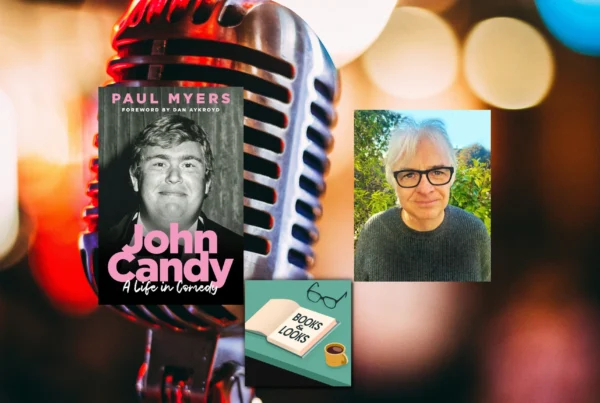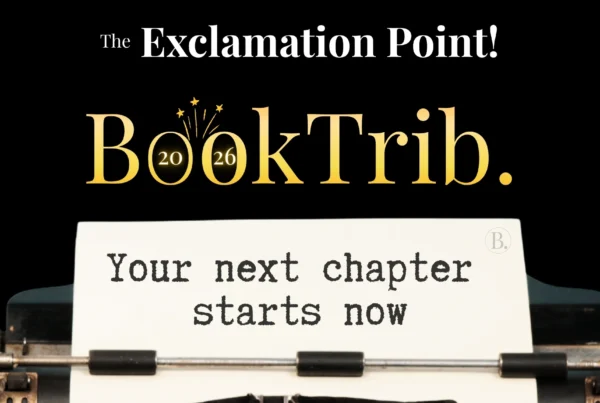Sometimes You Have to Lie
Sometimes You Have to Lie (Seal Press) by Leslie Brody tells the fascinating and somewhat shocking story of the life and times of author Louise Fitzhugh. If the name rings a bell, it’s for a very good reason: Fitzhugh was the literary genius behind the 1964 middle-grade novel, Harriet the Spy, which has, over the course of nearly three generations, become one of the most beloved books written for kids.
With exclusive access to Fitzhugh’s papers and through interviews with those who knew her, Brody for the first time brings to life the woman behind this iconic novel. The biography uncovers Fitzhugh’s inspiration behind Harriet the Spy, as well as the her struggles as a lesbian woman and triumphs as one of the most influential authors of her time.
Read on to find out more about this fascinating book and see what Brody’s peers have to say about it, too!
—∞—
“I’ve never been more intensely curious about a writer’s life, nor more thwarted in finding anything out about that life, than I have been in the case of Louise Fitzhugh. At some point I deduced that the very lack of information likely answered my most burning question — was she a lesbian? But that was little preparation for the true story. What a lesbian! And what a life!
Leslie Brody serves up an almost unbearably gratifying tale in her much-anticipated biography, Sometimes You Have to Lie. Southern Gothic childhood. Escape to Greenwich Village and Europe. Famous friends. String of lovers. Cross-dressing. Publishing gossip. Even a lost manuscript. I was especially pleased to learn so much about the painting career of this groundbreaking writer who considered herself just as much a visual artist. I only wish Brody’s book, and Fitzhugh’s life, had been much, much longer.”
—Alison Bechdel, cartoonist and author of Fun Home
—∞—
Much like Harriet herself, Fitzhugh was spontaneous and endearing, as well as rebellious and fiercely independent. Born in Memphis during the height of segregation in the South, she quickly escaped her hometown for the promise of a life full of art and endless inspiration in New York City. Fitzhugh traveled constantly, spending bouts of time in Europe among other great authors and artists; Lorraine Hainsbury and Maurice Sendak were just a few of her high-profile friends in the literary world, who inspired much of her work.
Just like her life, Fitzhugh’s most famous novel took place during an era of unrest — the age of McCarthyism, civil rights and the women’s movement — which inspired many of Harriet’s own sensibilities and personality traits. Fitzhugh resisted the confines of conformity and authority, and bequeathed this rebellious spirit to Harriet, too.
—∞—
“Harriet the Spy … was a tough, smart, vulnerable, funny, unsentimental, and deeply observant little kid who was a born writer, much like her creator, the wonderful Louise Fitzhugh. She was a heroine unlike any children’s book heroine who preceded her.”
—Roz Chast, author and staff cartoonist for The New Yorker
—∞—
Because of her role as a children’s author, much of Fitzhugh’s life was kept secret from her readers. The nature of her relationships with other women wasn’t disclosed. Her rebellious nature was suppressed in an effort to avoid bad publicity. Thus she used Harriet as an outlet to express herself in ways she otherwise could not.
Brody’s book peeks behind the curtain at Fitzhugh’s hidden life, her writing, and her struggle to express her individuality during a time of turbulent social and cultural change.




